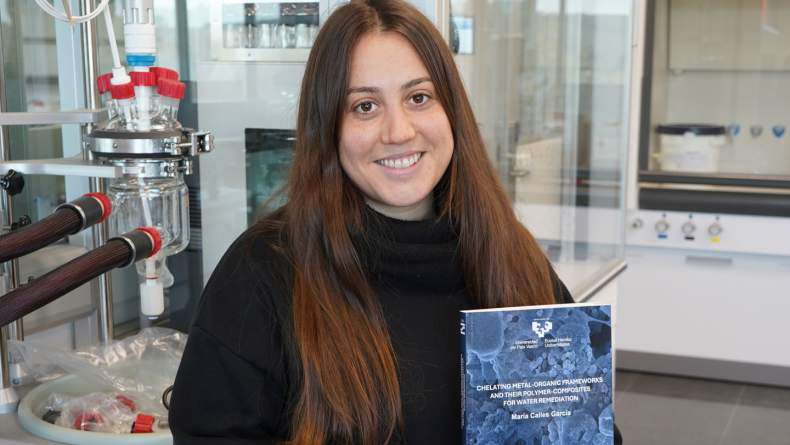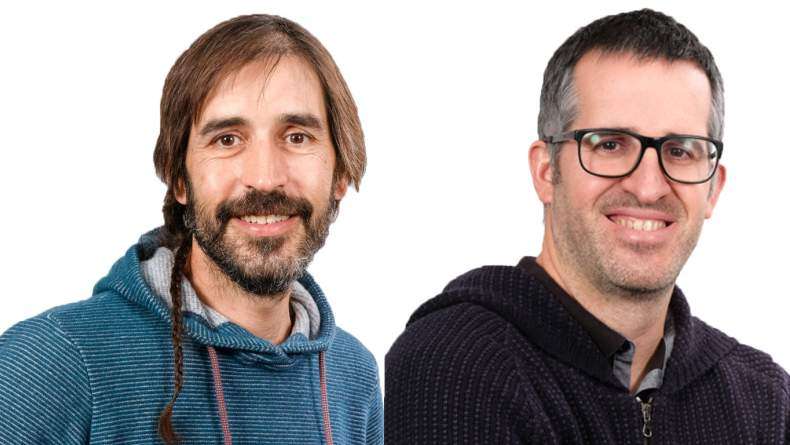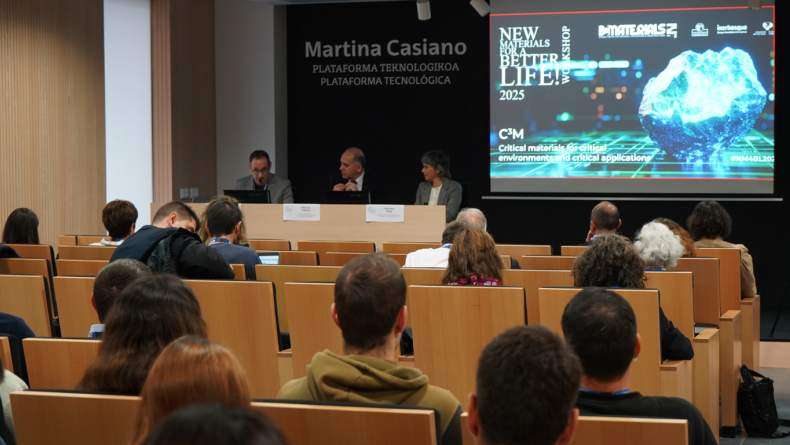PhD Results #5

MIKEL RINCÓN
(BCMATERIALS)
Magnetic inks based on water-soluble cellulose derivatives for Screen-printing
Although magnetic materials are currently being used in a plethora of applications, their fabrication approaches often involve expensive, non-scalable, time-consuming and often toxic processes. Here we report a scalable and environmentally-benign fabrication of free-standing magnetic films and screen printing ink based on cellulose derivatives through the combination of cobalt ferrite (CoFe2O4) nanoparticles with methyl cellulose (MC), hydroxypropyl cellulose (HPC) and sodium carboxymethyl cellulose (NaCMC). Crack-free films with homogeneously dispersed nanoparticles having concentrations up to 50 wt.% are fabricated by doctor blade casting. Besides, the same materials have been used as screen printing ink using mechanically flexible microporous paper as substrates. Vibrating-sample magnetometer (VSM) results demonstrate that fabricated patterns present enough magnetization to be used as actuators and sensors.
BRUNO HERMENEGILDO
(BCMATERIALS)
Hybrid fibrous microenvironments for muscle tissue engineering
To mimic the natural environment of tissues, in-vitro, support structures are necessary in order to allow for healthy cell and tissue development. Hydrogels have become popular materials to develop these structures due to their many attractive properties; however, hydrogels alone cannot provide all the necessary stimuli and microenvironmental needs for cell development. Likewise, most hydrogels are fragile and not suitable for any load-bearing applications, or any others that cause high mechanical stress on materials.
Incorporating micro and nanoscale electroactive polymers in a hydrogel scaffold, and stimulating these polymers externally so that they can in turn stimulate the incorporated cells, allows for in-vitro mimicry of the normal conditions of muscle cell growth and differentiation, as well as mechanical reinforcement of the existing hydrogel. In this context, the present work focuses on the development of electrospun electroactive polymer fibers, further modified with ionic liquids or magnetoelectric particles to allow electro and mechanical stimuli to be applied to the cells, for future fabrication of a functionalized hybrid hydrogel scaffolds for muscle tissue engineering.Related news
María Calles, New Doctor of BCMaterials
We would like to congratulate María Calles García for obtaining her PhDs in Materials Science and Technology from the UPV/EHU. On December 4 made a brilliant defense of her thesis titled ‘Chelating…Invited Talk with Barcelona Microelectronics Institute’s researchers (December 3)
On December 3 at 12:00 PM, in the Martina Casiano Auditorium in Leioa, BCMaterials will host senior researchers Antón Guimerà and Xavier Illa from the Barcelona Microelectronics Institute (IMB-CNM,…Invited Talk by Liu Yao on Lithium-Metal Batteries (December 2)
Next Monday, December 2, Liu Yao, professor at the Shanghai Institute of Applied Physics, will give an invited lecture at BCMaterials entitled ‘Li-Metal Batteries: From Liquid to Solid-State’. The…Success of BCMaterials’ Annual Workshop on Critical Materials
The 2025 edition of BCMaterials’ annual workshop gathered nearly one hundred participants on November 19 in Leioa to review the latest advances and discuss critical materials, their applications, and…



